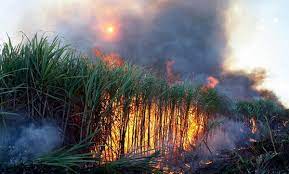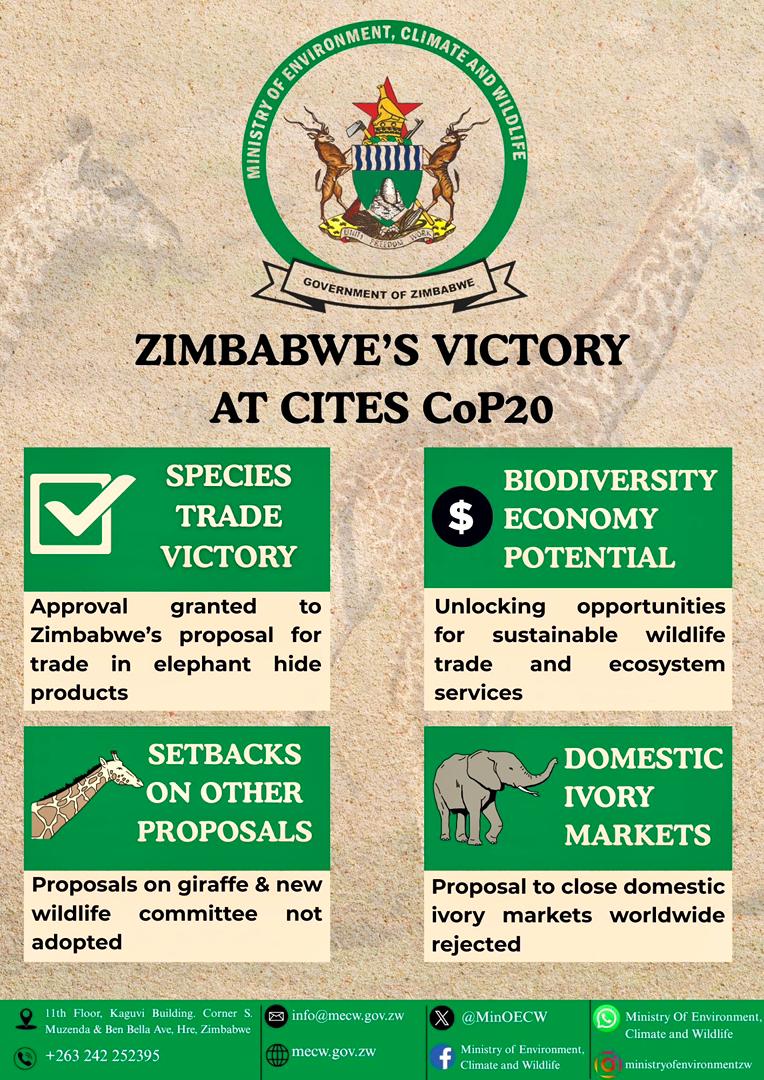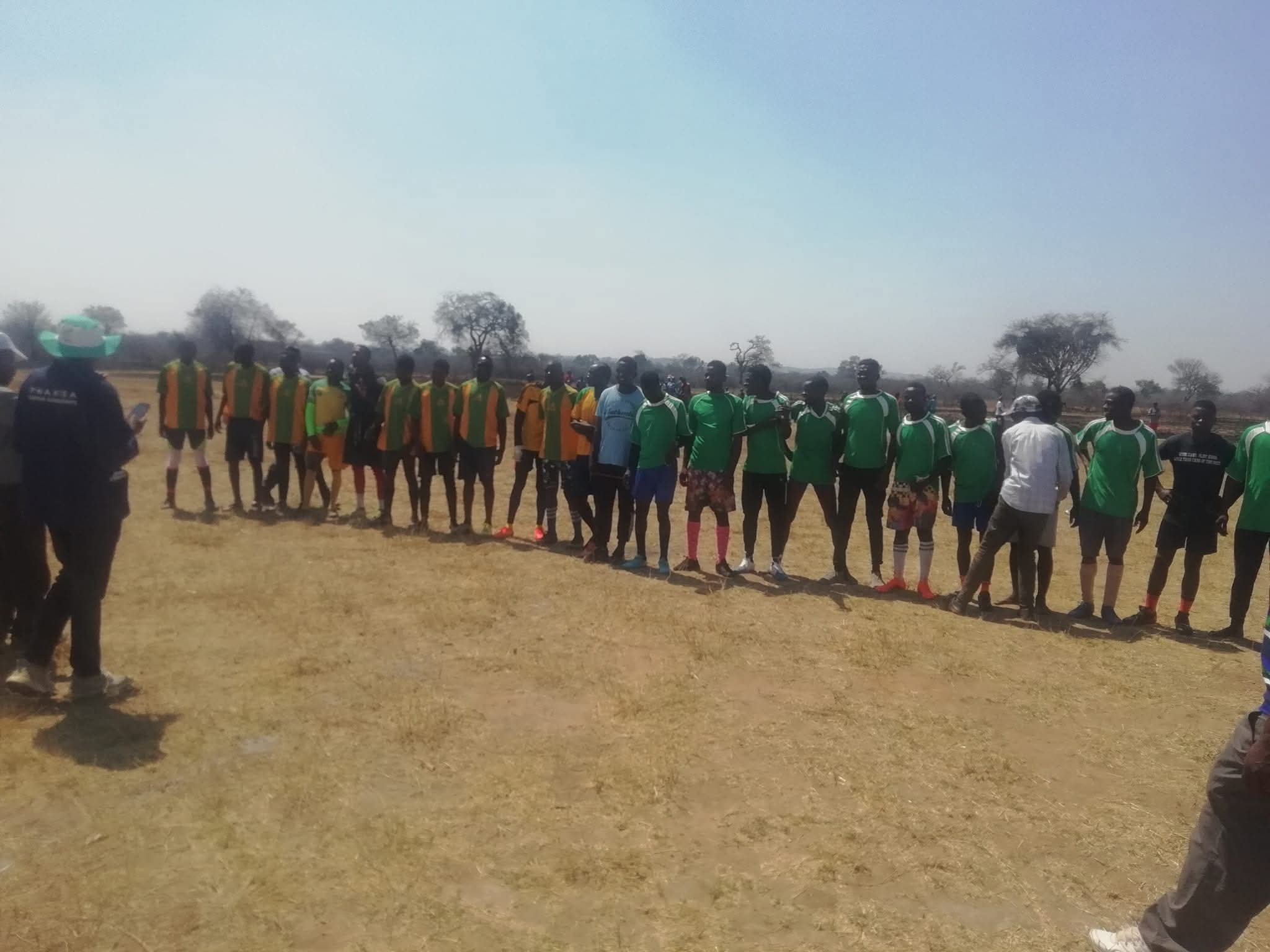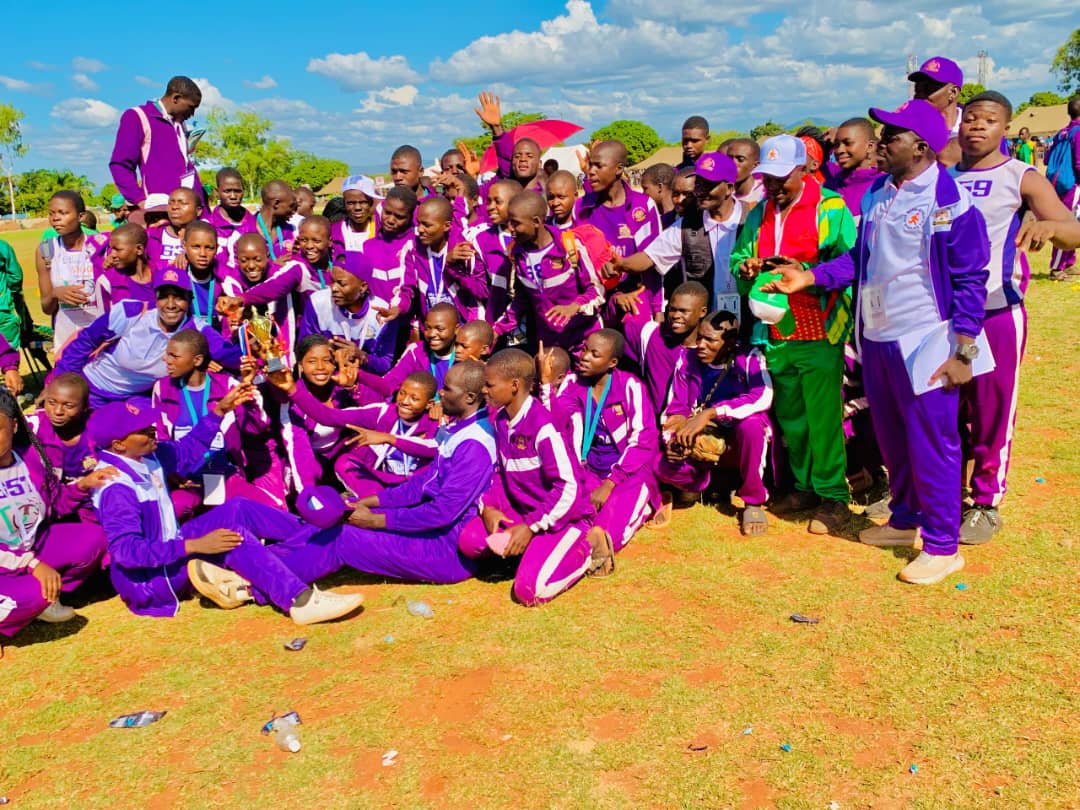…calls for smart, environmentally-friendly farming methods
Macdonald Mudzaki
CHIREDZI – Thick clouds fill the skies as farmers set ablaze their fields in preparation for the harvest in Zimbabwe’s sugarcane producing and processing Lowveld area.
The practice of burning the cane before harvest helps to clear the way for the manual cutting of the cane and to rid the fields of dangerous reptiles like snakes.
Sugarcane is also burnt before harvest to remove the leaves and tops of the sugarcane plant; leaving only the sugar-bearing stalk to be harvested
For environmentalists, the practice is bad for biodiversity conservation as it kills many living creature in the fire’s wake.
Millions of creatures both big and small die during every harvest in the Lowveld of Zimbabwe.
In view of this, the National Competitiveness Commission (NCC) has called for the adoption of more environmentally-friendly technologies to treat sugarcane before harvesting.
This was revealed in the Sugar Value Chain Analysis Report which was compiled by the commission.
The vastness of the sugarcane industry
According to the report, the sugar industry in Zimbabwe covers an estimated 46 000 hectares of land, and the crop is burnt before it can be harvested.
The burning practice results in the emission of greenhouse gasses such as carbon dioxide and methane, among others.
“Zimbabwe currently burns sugarcane before taking it to the mills. This practice is environmentally unfriendly and increases the carbon footprint,” the report said.
Not only does the burning emit potentially harmful and dangerous toxins into the air, but lives are also lost; animals and the various microorganisms that inhabit the land.
The Zimbabwe Sugar Association Experiment Station (ZAAES) has also welcomed the recommendations of the report saying it was high time the country caught up with the rest of the world in modernizing sugarcane farming.
“Simply because we are still burn sugarcane in the fields, we might in the future be caught unawares when the market suddenly prefers suppliers that have a cleaner carbon footprint,” said Dr Leo Thokoza Mpofu, a senior sugarcane expert at the station.
“The earlier we start investing in clean or green tech the better. Currently we are moving very slowly in that direction,” Dr Mpofu said.
“The current commercial varieties are too old with the newest one ZN10 released in 2004. We are however in the process of releasing 19 new varieties maybe before the end of this year. These must be higher yielding and environmentally friendly than the current suite of varieties,” he said.
The need to move with the times
The various stakeholders in the industry have welcomed the move saying they were happy to play their part in fighting climate change and leave a sustainable environment for future generations.
“These farms are our legacy and leaving them in a healthy state is our responsibility and duty,” said one sugarcane farmer Claudius Makotose who is based in the Mkwasine estates.
Zimbabwe Sugar Development Association (ZSDA) secretary general Solomon Gavaza said they were happy with the development which they regard as way of curbing a growing international concern of climate change.
“When you turn the TV on, many of the programming you see there is about climate change, and if this is the little we can do on our part as farmers, then it’s a welcome move,” he said.
“When we burn cane a thick black smoke comes out polluting the atmosphere. Millions of creatures are killed. Imagine setting ablaze over 40 00 hectares, the damage is unimaginable and we really need to change our approach,” said Gavaza.
Farmer and resident in Mkwasine, Zvidzai Mudzaki said while he was not very knowledgeable about the nitty-gritties of environmental talk issues in relation to sugarcane, it was important to plant self-threshing varieties so as to do away with the practice of using fire.
“When we burn cane, a thick black smoke comes out. I think it goes and accumulates in the sky like what happens in the rural kitchen hut and it makes our air dirty.
“I think that is very dangerous because you see birds flying about looking disturbed and many animals that stay in the cane fields are killed, He said.
The practice of burning sugar cane has been largely abandoned throughout the world because of concerns of air pollution and other environmental and health hazards but in Zimbabwe it is still predominant.
Within the regional sphere, other countries have adopted comprehensive multilateral and bilateral instruments pertaining to the environment.
This report was made possible through support from WAN-IFRA Media Freedom’s Strengthening African Media Programme: Climate Change and Environmental Reporting. Views expressed here do not belong to WAN-IFRA.








